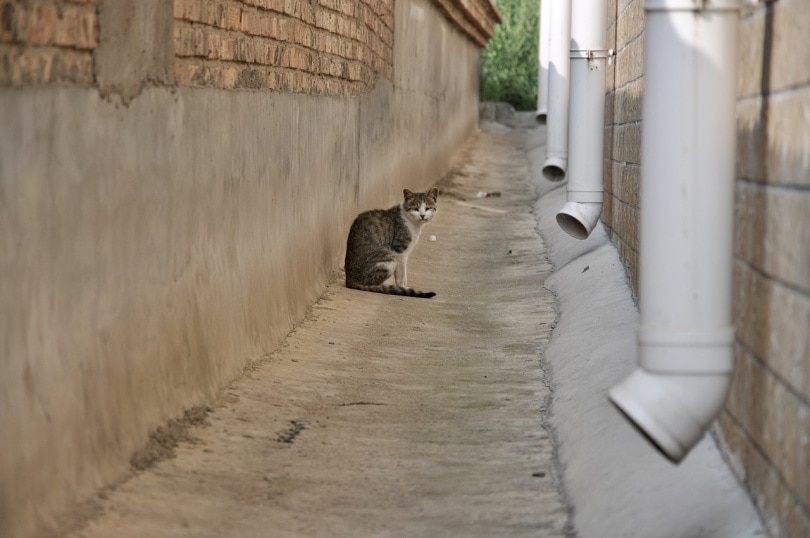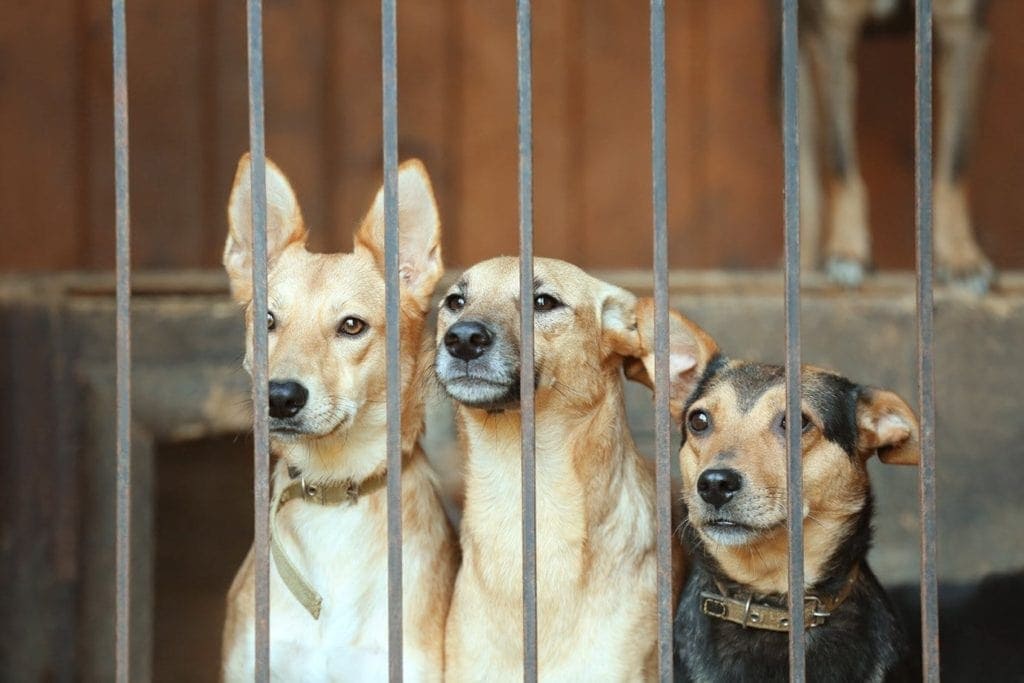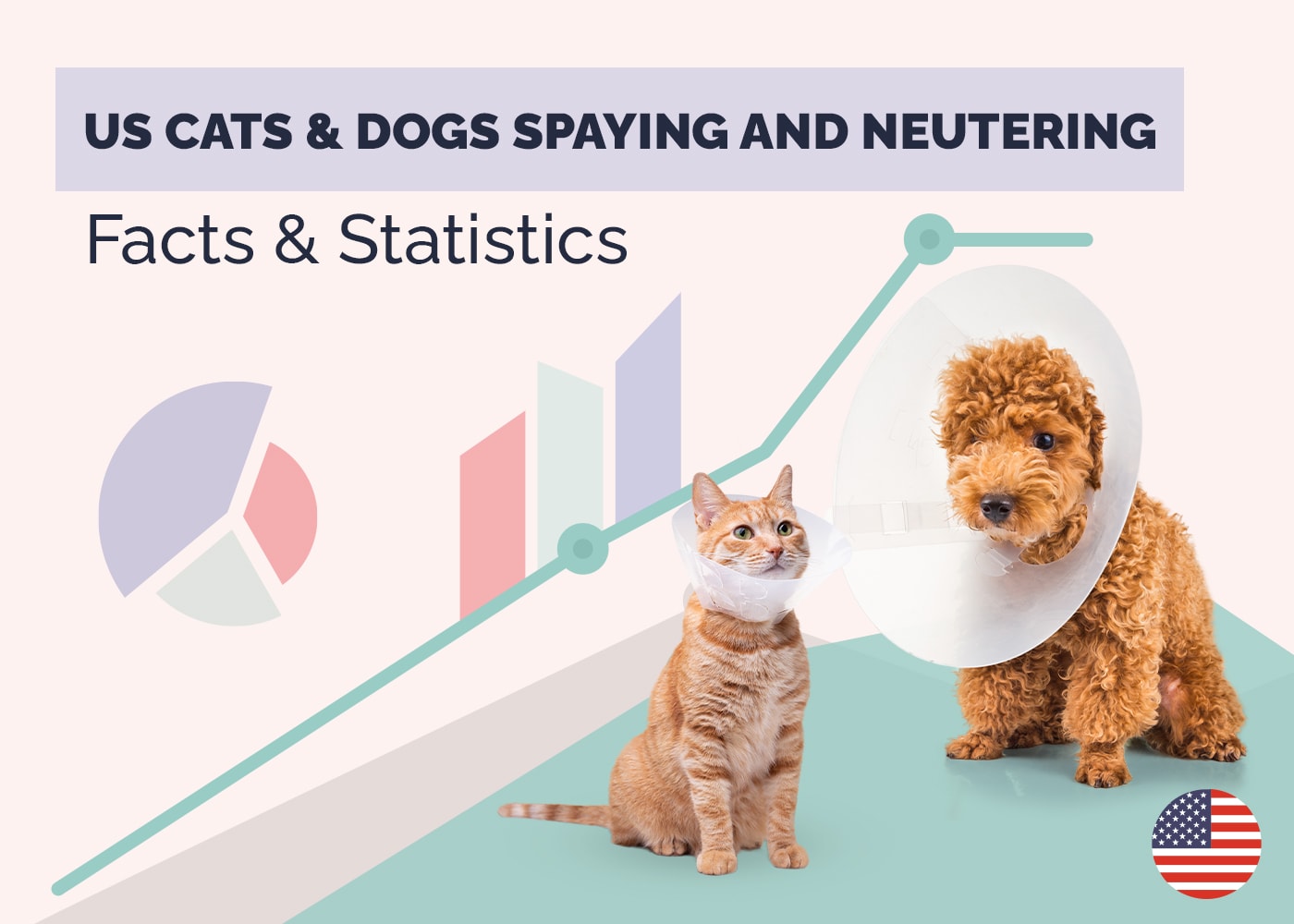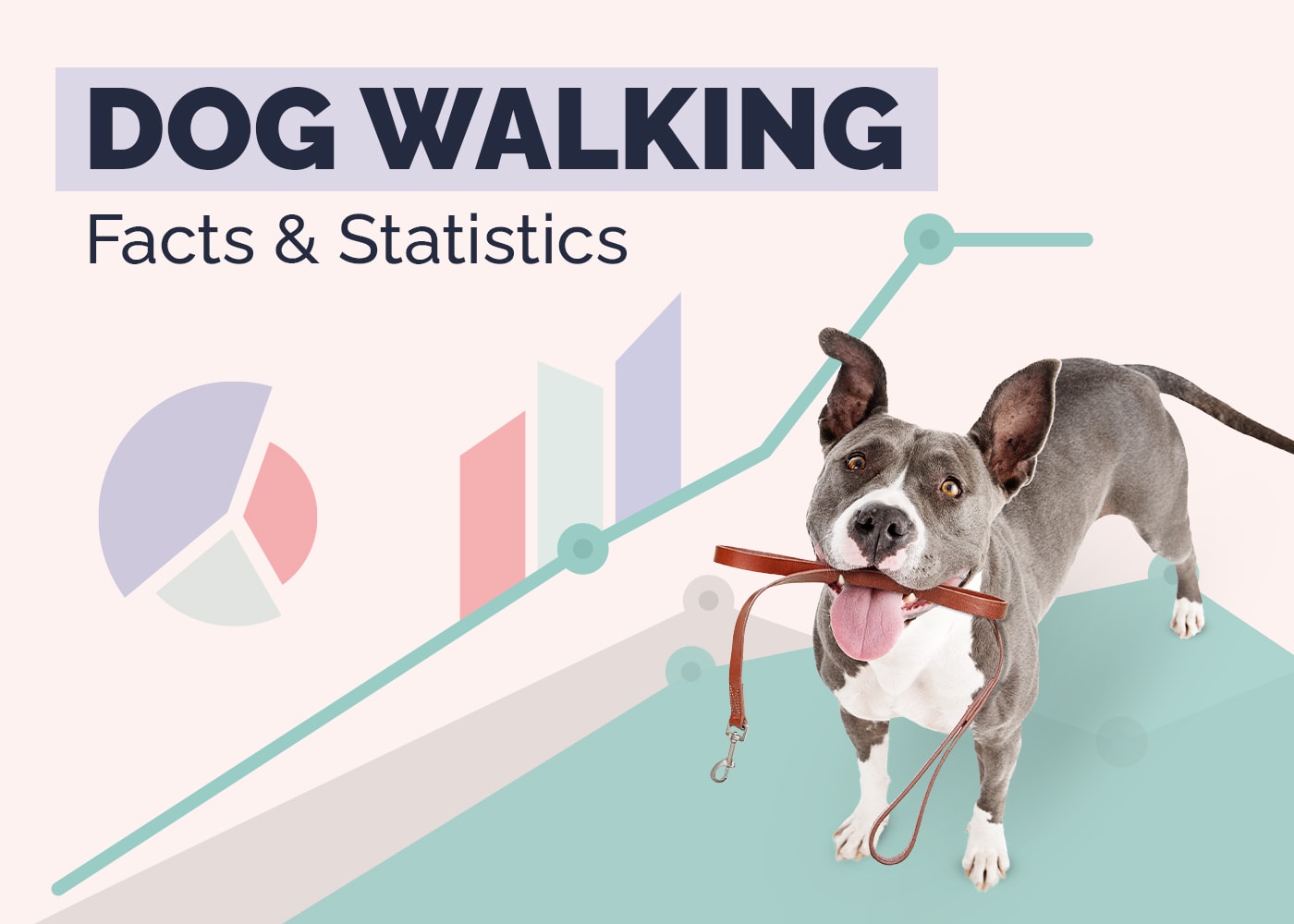10 Shocking Australian Animal Homelessness Statistics: 2024 Update

Updated on

Click to Skip Ahead
Note: This article’s statistics come from third-party sources and do not represent the opinions of this website.
The unfortunate fact is that animal homelessness in Australia has been on the rise in recent years. While some may think this problem only affects places like the US, it’s an issue unfolding right here at home, too.
Animal homelessness affects not only the animals’ health but also the surrounding areas. Animals that wander into the street can cause accidents. If the animal has behaviour issues, it could harm people. Diseases can spread more easily among the population because they have not been vaccinated.
The 10 Australian Animal Homelessness Statistics
- The RSPCA took in over 100,000 animals between 2020–2021.
- In 2021, over 11,000 cats and dogs were euthanized.
- In 2019, there were 55,000–60,000 reports of animal mistreatment.
- Over 200,000 abandoned dogs were brought to shelters yearly.
- Around 40,000 dogs are put down every year.
- More than 10,000 lost dogs were reunited with their owners.
- 47% of cats in shelters are put down due to illnesses.
- Australia has planned to cull 2 million cats.
- Only breeders can leave their cats intact in Australia.
- Only 12% of cats that enter animal shelters are adopted.

Australia Animal Homelessness Statistics and Facts
General Animal Statistics and Facts
1. The RSPCA took in over 100,000 animals between 2020–2021.

(RSPCA)
From 2020 to 2021, the Royal Society for the Prevention of Cruelty to Animals (RSPCA) received 103,057 animals in total. Out of those, the number of dogs taken in reached 22,311, and cats reached a total of 42,572. The other animals included livestock, horses, and other small animals.
Thankfully, this helped keep thousands of animals from roaming the cities and rural areas. However, there are still tens of thousands of animals without homes.
2. In 2021, over 11,000 cats and dogs were euthanized.
(Statista)
The RSPCA euthanized approximately 2,500 dogs and 8,600 cats in 2021. Some animals had to be put down due to disease or behavioural problems. Dogs and cats like this cannot be rehomed and certainly not released to fend for themselves. But this is the sad reality many animals face with a stable home and caring owner.
3. In 2019, there were 55,000–60,000 reports of animal mistreatment.

(NIH)
Thousands of animals are abused yearly in Australia. But sadly, only a small percentage of people face legal repercussions for their actions. Many animals that face abuse run away or are abandoned, leading to more homeless animals that may be malnourished or aggressive.
General Statistics and Facts About Dogs
4. Over 200,000 abandoned dogs were brought to shelters yearly.
(ResearchGate)
Roughly 200,000 lost or abandoned dogs are brought to shelters and rescue facilities in Australia every year. Most of these animals are surrendered by their owners due to a variety of reasons, including financial strain and lack of knowledge about how to properly care for them.
Unfortunately, these figures don’t include the countless strays that are wandering around our streets and parks.
5. Around 40,000 dogs are put down every year.

(PubMed)
About 20% of the 200,000 dogs that are admitted to shelters are put down. That’s sadly 40,000 dogs that lose their lives every year due to Australia’s animal homelessness.
However, it doesn’t have to be this way. With proper care and education, the number of homeless animals could drastically decrease.
6. More than 10,000 lost dogs were reunited with their owners.
(RSPCA)
Over 10,200 dogs that were rescued by the RSPCA were taken back by their original owners. This shows that despite the heartbreaking situation, some owners still care deeply for their pets and are taking responsibility to be reunited with them.
Moreover, the number of surrendered cats in Australia has increased by 6% since 2018. This is likely due to a variety of reasons, including people moving away or no longer being able to care for their pets. In addition, the number of cats in pounds and shelters has almost doubled from 2018 to 2019.
General Statistics and Facts About Cats
7. 47% of cats in shelters are put down due to illnesses.

(ResearchGate)
The most common reason cats are euthanized in shelters is illness, accounting for 47% of all cases. This is followed by old age. Even more heartbreakingly, it’s estimated that 1 in 4 cats who enter shelters never make it out alive.
This becomes especially worrying when you consider that the number of strays taken in by shelters has been rising steadily over the past few years. In 2018, close to 200,000 cats were surrendered to Australian animal shelters—a 5% increase from 2017.
8. Australia has planned to cull 2 million cats.
(NationalNews)
In 2021, Australia’s Department of the Environment executed a plan to kill over 2 million cats. This shocking statistic is just one of many that point to the growing animal homelessness problem in Australia.
People might wonder why so many cats will be killed. Feral cats in Australia have caused several environmental issues, such as killing billions of species—including 28 species on the IUCN’s Red List of Threatened Species.
9. Only breeders can leave their cats intact in Australia.

(RSPCA)
Unless you are a registered breeder, it is illegal to leave your dog or cat unaltered in several parts of Australia. In other territories, it is highly recommended. However, despite these regulations, there are still too many homeless pets out there without a loving home to call their own.
As a result of this, the number of animals being abandoned and rehomed is rising year by year. In fact, statistics from the RSPCA Australia show that in 2021 alone, over 6,000 cats and 25,000 dogs were surrendered to shelters around the country.
10. Only 12% of cats that enter animal shelters are adopted.
(RSPCA)
Out of the 11,442 dogs rescued by the RSPCA, a majority were successfully rehomed. This is great news, but still, it doesn’t make up for the fact that in 2021, 9 out of 10 cats and dogs didn’t find a loving home.
The number of stray cats is rising at an alarming rate. In 2020 alone, over 50,000 cats were reported missing from their homes around Australia. That’s enough to fill up a few football stadiums!
Sadly, only 12% of cats that enter animal shelters are actually adopted. That means the other 88% face an uncertain future.
Frequently Asked Questions About Animal Homelessness

What’s the leading cause of animal homelessness in Australia?
Unplanned and irresponsible breeding is the main culprit of animal homelessness; around 75% of homeless animals were born due to unwanted litters. Despite the fact that it is a law in some parts of Australia to have a pet neutered or spayed, it is difficult to monitor this.
If people would follow those laws or understand the importance of desexing their pets, even if it is not a law, the number of homeless animals would decrease.
What are the most common age groups for homeless animals?
Most homeless animals in Australia are under two years old. This means that the problem continues to get worse as time goes on because, at that age, dogs and cats have reached sexual maturity. If left to breed unchecked, female cats can have between 2 to 24 kittens a year (RH Humane Society).
Why don’t all animals get rehomed?
Unfortunately, the RSCPA can only do so much. While thousands of animals do get rehomed or reunited with their owners after being lost, many have to be euthanized due to disease or aggressive behaviour. If they are left homeless, the population of animals will increase. Plus, diseases would spread, leading to the pain and suffering of even more animals.
Conclusion
We hope this article has shed some light on the sad state of animal homelessness in Australia. With so many cats, dogs, and other animals in need of a home, it’s important that we all do what we can to help support them. Encourage people you know in Australia who own pets to get them desexed so they do not reproduce unchecked. If people want to get a pet, suggest that they adopt from animal shelters instead of buying from breeders.
Whether that’s adoption or donating money to local animal shelters, every bit helps. Let’s all do our part to help end animal homelessness in Australia—together.
Featured Image Credit: David Tadevosian, Shutterstock









